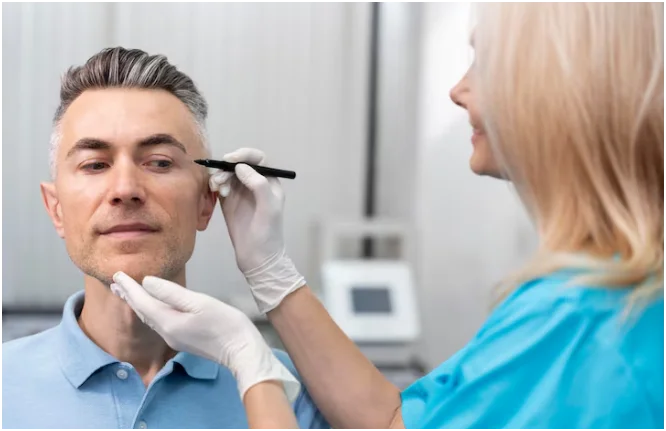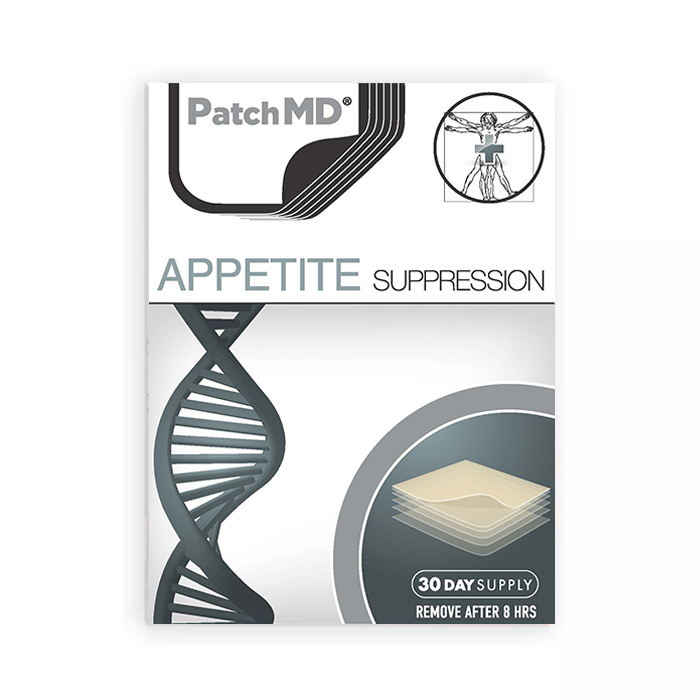If you’re thinking about refreshing your look and turning back the clock on aging signs, Dubai stands out as an intriguing destination. This city blends cutting-edge medical tech with luxury vibes, making it a hotspot for cosmetic procedures. Let’s dive into what a facelift entails, why Dubai shines for this treatment, and what you can expect along the way.
Understanding the Basics of a Facelift
A facelift, or rhytidectomy, is a surgical procedure that tightens skin and muscles on the face and neck. It targets sagging skin, deep wrinkles, and loss of firmness that come with age, sun exposure, or lifestyle factors. Surgeons lift and reposition underlying tissues, remove excess skin, and sometimes combine it with fat transfers or fillers for a more natural result.
What this really means is you end up with a smoother, more youthful appearance without looking “done.” It’s not just for celebrities; everyday people choose it to boost confidence. Results can last 10 years or more, depending on your skin type and habits like avoiding smoking or excessive sun.
Why Dubai Leads the Way in Cosmetic Surgery
Dubai has become a global hub for medical tourism, and facelifts are no exception. The city boasts state-of-the-art clinics equipped with the latest tools, from 3D imaging for planning to minimally invasive techniques that cut down recovery time. Many surgeons here are internationally trained, often in places like the US or Europe, bringing top skills back home.
Here’s the thing: costs in Dubai can be 30-50% lower than in Western countries, without skimping on quality. You get personalized care in luxurious settings – think private rooms with spa-like amenities. Plus, the multicultural vibe means English-speaking staff and a welcoming environment for visitors from anywhere.
Regulations are strict too. The Dubai Health Authority oversees everything, ensuring high safety standards. If you’re traveling, combine your facelift in Dubai with a vacation – recover by the beach or explore the city’s malls and landmarks.
Types of Facelifts Available
Not all facelifts are the same; options vary based on your needs. A traditional full facelift addresses the entire face and neck, ideal for significant aging signs. It involves incisions around the hairline and ears, with recovery taking about two weeks.
For something less intensive, consider a mini facelift. This focuses on the lower face and jawline, using smaller incisions for quicker healing – often just a weekend off work. Then there’s the mid-facelift, which lifts cheeks and under-eye areas to restore volume.
Endoscopic facelifts use tiny cameras and tools through small cuts, minimizing scars. Some clinics offer non-surgical alternatives like thread lifts or laser treatments, but these don’t match the longevity of surgery. Your surgeon will assess your face during a consultation to recommend the best fit.
The Procedure Step by Step
Let’s break it down. First, you’ll have a detailed consultation where the doctor reviews your medical history, discusses goals, and maybe runs some tests. Anesthesia options include local with sedation or general, depending on the extent.
During surgery, which lasts 2-5 hours, the surgeon makes precise incisions, lifts tissues, and secures them. Excess skin gets trimmed, and incisions are closed with sutures. Post-op, you’ll wear a bandage to reduce swelling.
Recovery involves rest, ice packs, and avoiding strenuous activities. Bruising fades in 1-2 weeks, and most people return to normal life soon after. Follow-up visits ensure everything heals well.
Benefits and Potential Risks
The upsides are clear: enhanced facial contours, reduced wrinkles, and a confidence boost. Many report looking 10 years younger. In Dubai, access to advanced aftercare like lymphatic massages speeds things up.
That said, risks exist with any surgery – infection, scarring, or uneven results. Choosing a board-certified surgeon minimizes these. Be honest about your health; conditions like high blood pressure could complicate things. Always weigh pros against cons with your doctor.
Preparing for Your Trip and Aftercare
If you’re flying in, plan ahead. Visas are straightforward for many nationalities, and clinics often help with logistics like airport transfers. Pack loose clothes and sun protection – Dubai’s heat can affect healing.
Aftercare is key. Stick to a soft diet initially, keep your head elevated, and use prescribed meds. Long-term, maintain with skincare routines, sunscreen, and a healthy lifestyle to prolong results.
Dubai’s appeal lies in combining top medical care with an exciting backdrop. Whether you’re local or visiting, it offers a blend of expertise and comfort that’s hard to beat.

